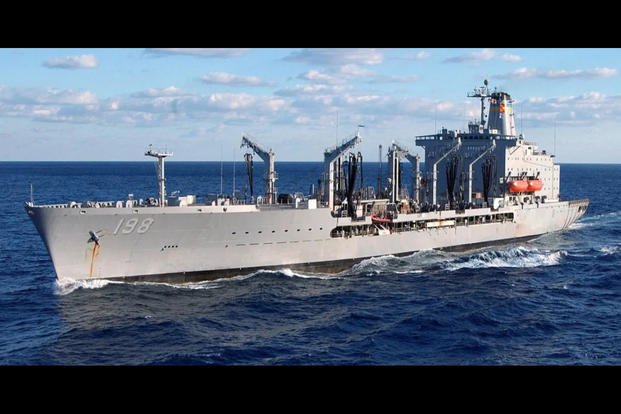@Zinc4 if you live near one of the major port cities a good place to get information is to visit a Maritime Officer union hall and talk with 'rank and file' members and the local port agent. The three main officer unions and their websites are:
International Organization of Master, Mates and Pilots. MM&P which represents mostly deck officers. [It's the union my son and I both belong to]
https://bridgedeck.org/
Marine Engineers Beneficial Association. MEBA which represents mostly engineering officers.
http://www.mebaunion.org/
American Maritime Officers. AMO which represents both deck and engineering officers.
https://www.amo-union.org/
With COVID restrictions you might want to call ahead to see if it's possible to schedule a visit. Also, although they are separate unions MM&P and MEBA have an agreement to share the same union hall in some ports.
Another source of information is the maritime and offshore industry blog gCaptain. Here's the link to that website.
https://gcaptain.com/
@cmakin, I remember the States Lines bankruptcy and MarAd ownership takeover. That was a very sad end to a once great family owned business. The Dant family deciding to continue running breakbulk ships as the maritime world was fast shifting to containerization was not a good business move. I recall you once mentioned you were on the MONTANA when States went under. I was 2nd Mate on the Matson containership MANULANI in Honolulu Harbor and watched you guys arrive there on your way back from Manila heading for the west coast to lay up. Those COLORADO class were sure nice looking ships... They would roll on a wet dishcloth though..
When I got my Liberian 3rd Mates license back in 1976 it was issued from the Liberian Bureau of Maritime Affairs office on Park Avenue in New York City. They eventually moved to Vienna Virginia. I think they're still located there.

 MONTANA
MONTANA



 Honolulu
Honolulu Honolulu1
Honolulu1
